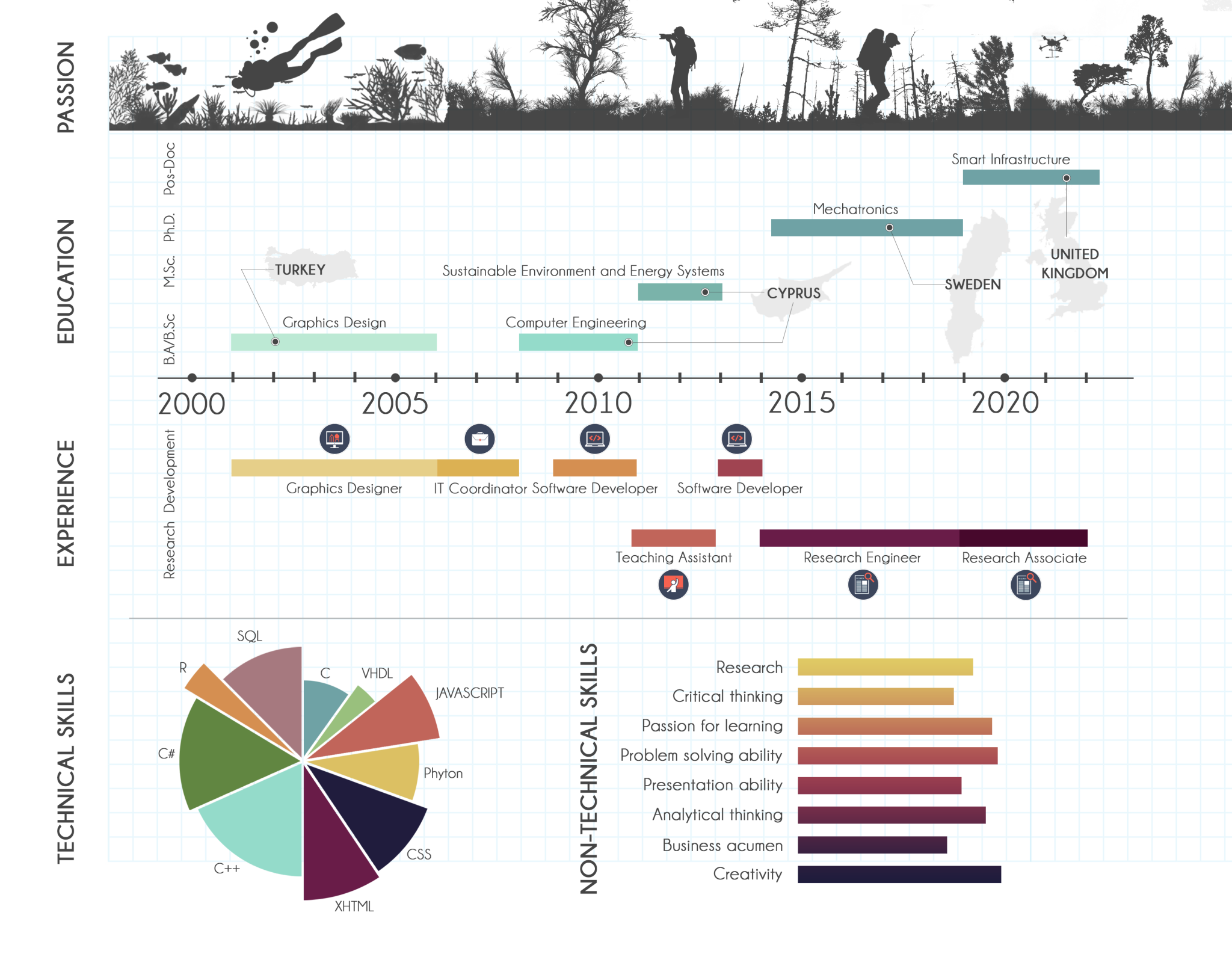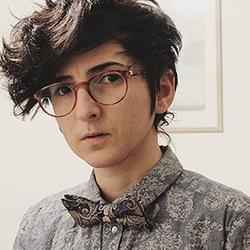Research Background
Didem cares about the future of the world and nature. She is a computer scientist with a Ph.D. in mechatronics, which can give you an idea about how much she loves to talk about the future and emerging technologies. She is a data person, always finds a way to talk about how important it is to know your data, use it to make decisions and at some point expect her to talk about art, visualizations and visual analytics. Didem is a person who does not hesitate to talk about inequalities and point out her ethical concerns. She dreams of a better world and actively works on improving inequalities regardless of their nature. She is an analytical thinker with a passion for design thinking, a researcher with a future perspective, an engineer who likes problems more than solutions and a teacher who likes to play during lectures. She is a good reader, sailor, divemaster, photographer and drone pilot.
CDBB projects involved with
Digital twins for smart infrastructure
Future built environments
Research ambitions for CDBB
- To provide guidelines and strategies for the built environment industry that will enable to create a sustainable future world.
- To understand the role of digital twins and data in this rapidly changing world and provide a framework to build resilient, interoperable and sustainable smart infrastructure.
- To identify the current needs of the existing infrastructure but also imagining what their role will be in an integrated, data-driven, digitalised and intelligent future world


